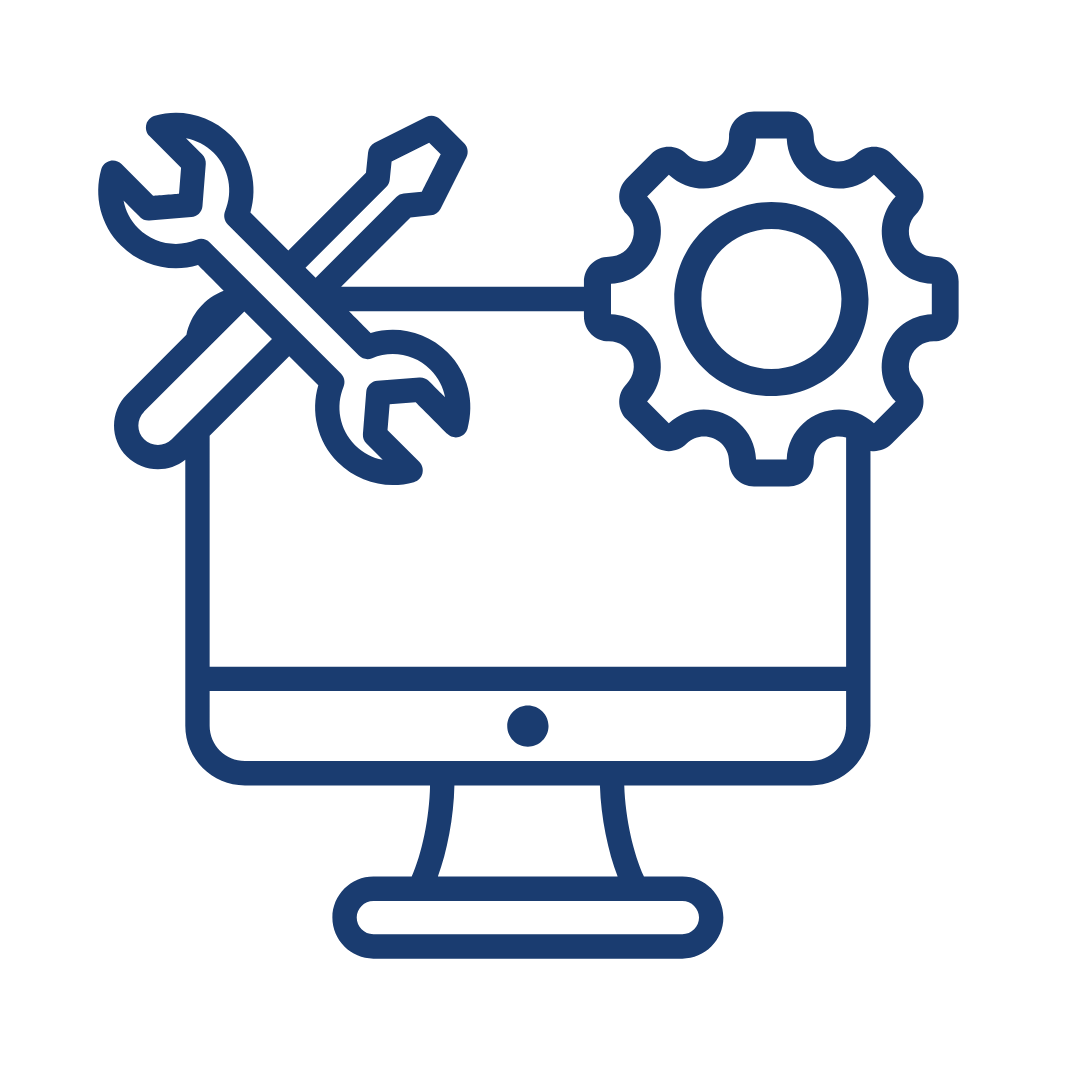
MRO Spares Management
Effective Maintenance, Repair, and Operations (MRO) spares management is essential for ensuring the availability of critical parts while optimising inventory costs and minimising downtime. Industrial organisations spend £5 to £10 billion annually purchasing and storing spare parts with only a fraction, 10-15%, being used in the year of purchase.
At MCP Consulting Group, we provide tailored solutions to help organisations develop a strategic approach to spare parts management, ensuring that the right parts are available at the right time without excessive stockholding.
MRO SPARES MANAGEMENT CATEGORIES
What is
MRO Spares Management
MRO Spares management involves the planning, procurement, storage, and distribution of spare parts to support maintenance and operations. A well-structured spares management strategy helps organisations balance inventory levels, reduce lead times, and improve overall asset reliability.
At MCP, we align our spares management approach with industry best practices, including risk-based inventory strategies and predictive analytics, to enhance operational efficiency.

Key Objectives of
1
Optimising Inventory Levels
Ensure a balance between availability and cost-effectiveness by maintaining optimal stock levels.
Spares Management
2
Reducing Downtime
Minimise equipment downtime by ensuring critical spares are available when needed.
3
Improving Procurement Efficiency
Streamline purchasing processes to ensure cost-effective and timely procurement of spare parts.
4
Enhancing Asset Reliability
Support maintenance activities with the right parts to extend asset life and improve performance.
5
Risk-Based Inventory Management
Classify spares based on criticality and usage to determine stocking strategies.
6
Cost Control and Budgeting
Reduce excess stock and obsolete inventory while ensuring sufficient availability of essential parts.
What Does Good look Like in
Spares Management
A well-implemented spares management programme ensures that critical parts are available when required without excessive stockholding. It integrates demand forecasting, risk assessment, and procurement strategies to improve efficiency and reduce costs.
At MCP, we work closely with organisations to develop tailored spares management frameworks that align with operational goals and industry best practices.

MCP Approach to
Spares Management
MCP helps organisations categorise spare parts based on criticality, lead times, and usage patterns. This ensures that essential components are available without excessive stockholding.
Implement a Risk-Based Spares Strategy
We integrate predictive maintenance data and condition-based monitoring to anticipate spare parts requirements, minimising stockouts and reducing excess inventory.
Use Predictive and Condition-Based Inventory Planning
Our approach includes spare parts standardisation and rationalisation, identifying common components across multiple assets to simplify inventory management and reduce costs.
Standardise and Rationalise Spare Parts
Effective maintenance management relies on accurate data tracking and analysis. We support organisations in maintaining detailed records of work orders, inspections, repairs, and spare parts usage, allowing for better performance monitoring and continuous improvement.
Utilise a CMMS or EAM System
We work with businesses to develop optimised supplier relationships, just-in-time (JIT) procurement models, and strategic sourcing frameworks to enhance spare parts availability while controlling costs.
Improve Supplier and Procurement Strategies
Regularly Review and Audit Inventory
We implement structured MRO spares assessments and inventory audits and continuous improvement cycles, helping businesses identify obsolete stock, adjust stock levels, and improve overall inventory accuracy.
We review and provide full data cleansing to correct parts descriptions and basic data which supports reducing obsolete and redundant parts and provides the basis for setting inventory stock levels.
Data Cleansing and Enhancement

Spares Management
Explore More
Speak to One of Our
Spares Management Consultants
If you have any questions or would like to learn more about how MCP Consulting Group can help your organisation implement an effective spares management strategy, please get in touch with us. Our team of consultants is ready to provide tailored solutions to optimise spare parts management and improve operational performance.

FAQs
-
Effective spares management ensures that maintenance teams have the right parts available, reducing downtime and improving productivity.
-
By optimising stock levels and reducing obsolete inventory, organisations can minimise storage costs and capital expenditure on unnecessary parts.
-
Industries with asset-intensive operations, such as manufacturing, energy, transportation, and healthcare, benefit significantly from strategic spares management.
-
Digital tools like CMMS and EAM systems help track inventory, automate reordering, and improve stock visibility.
















